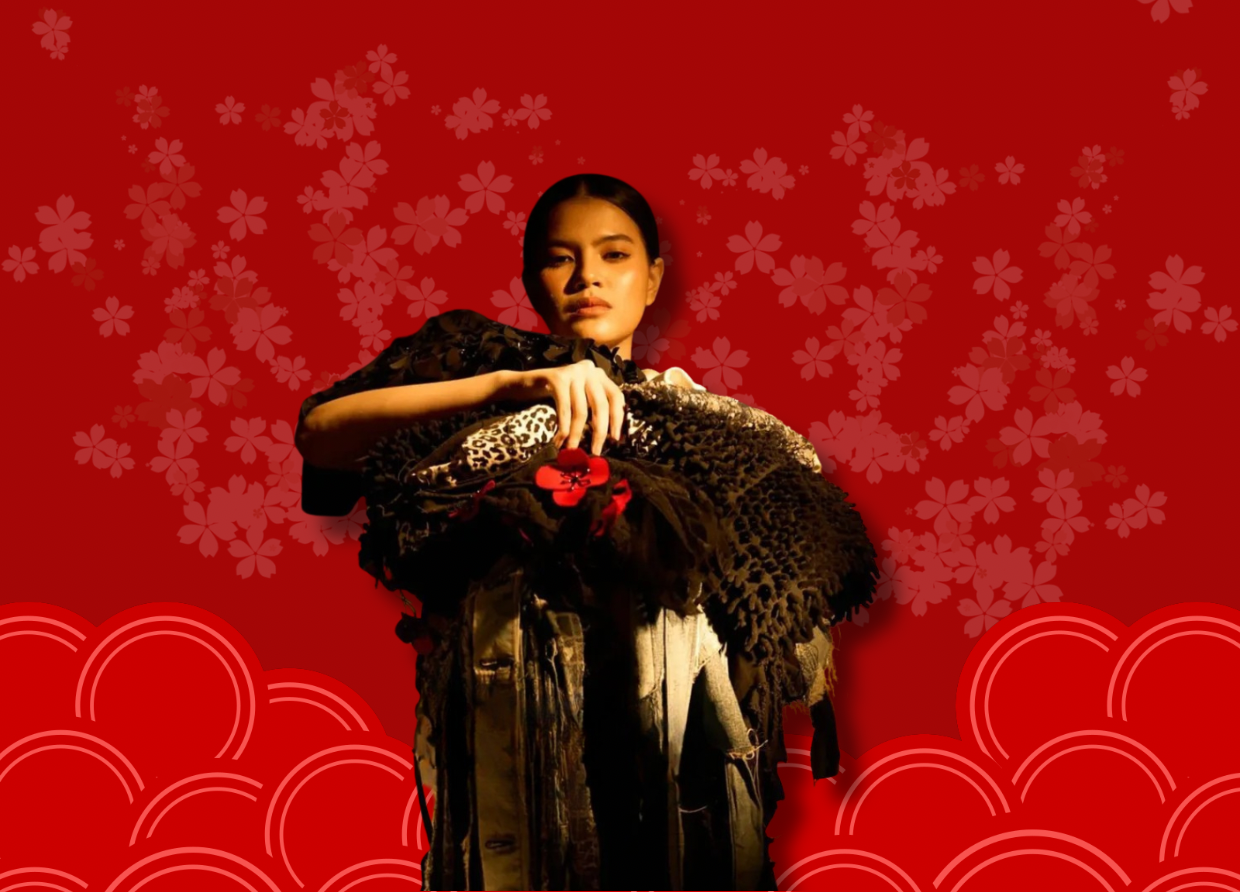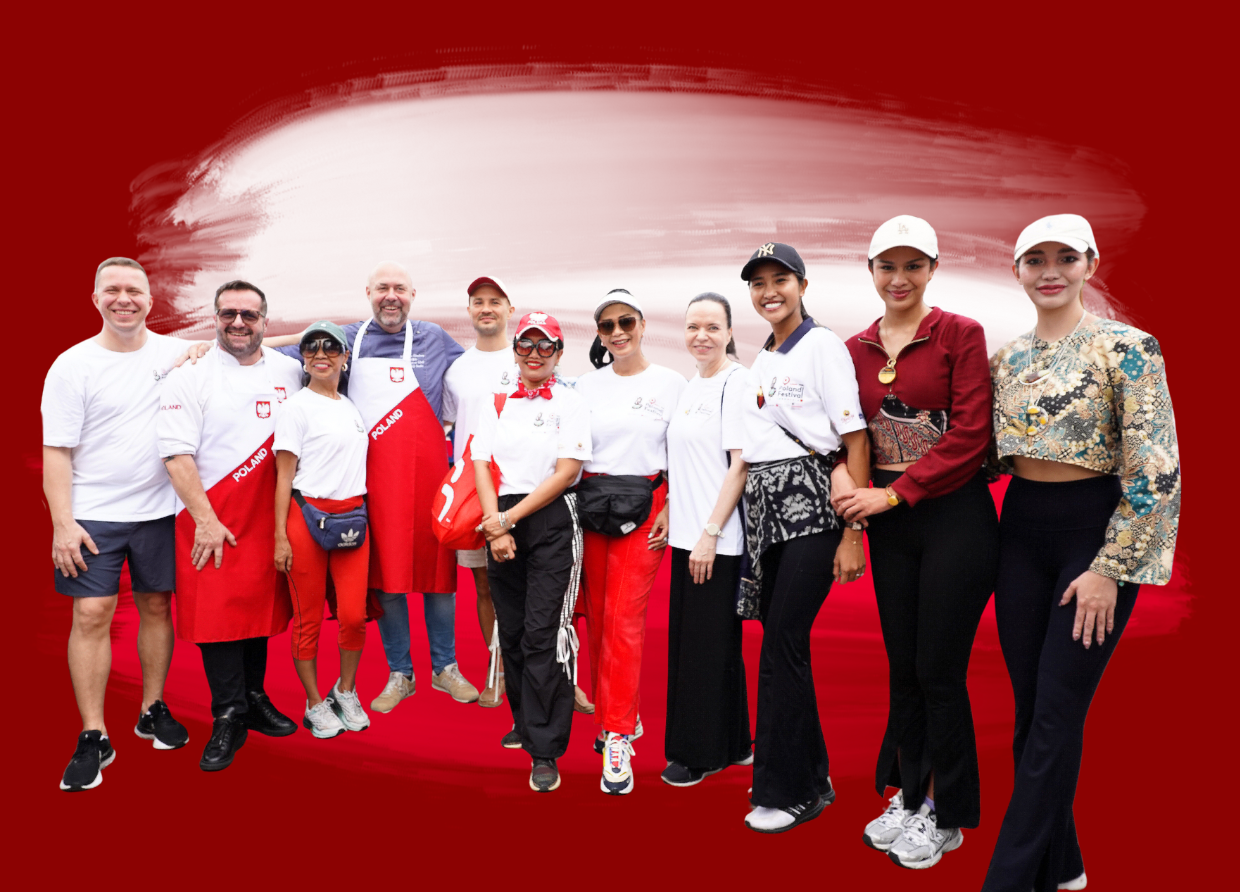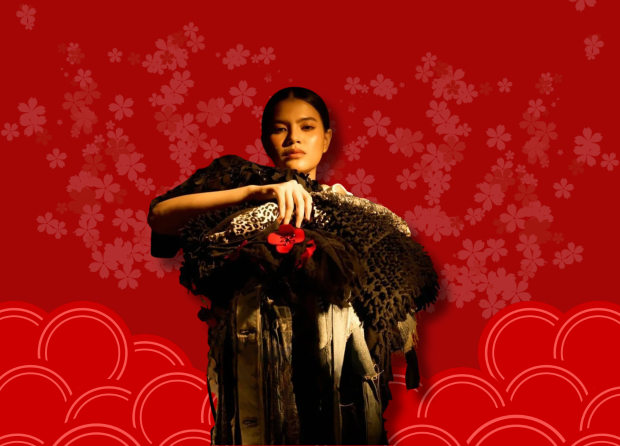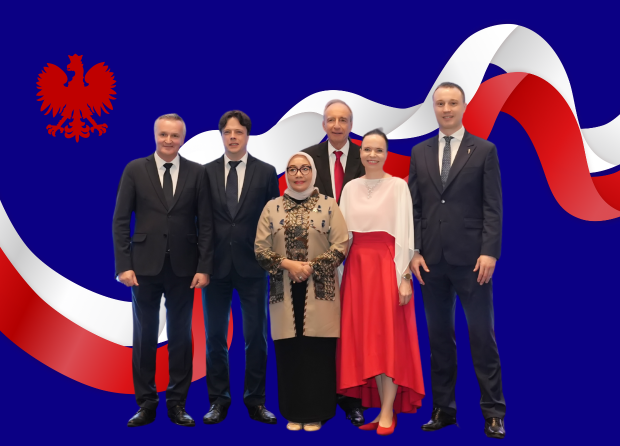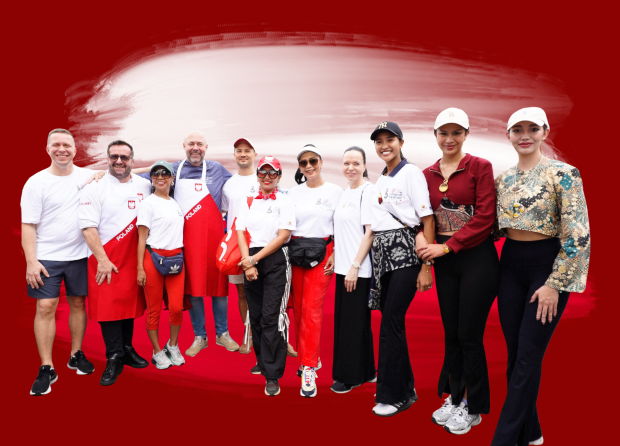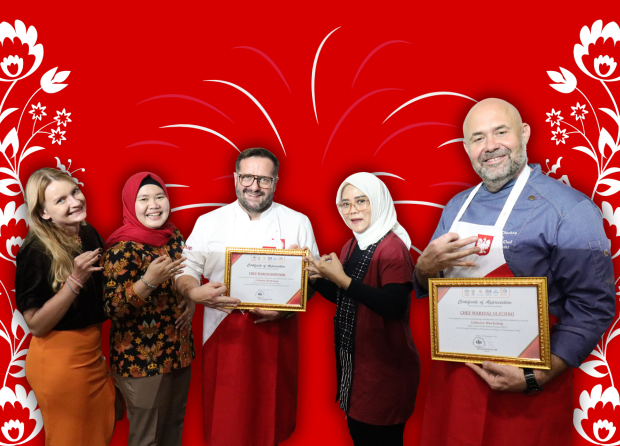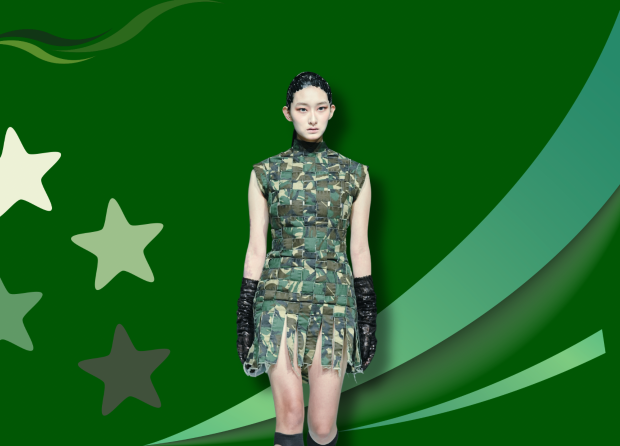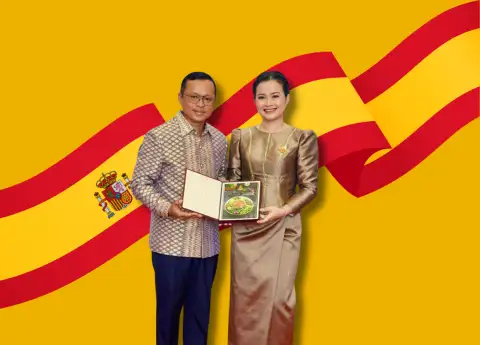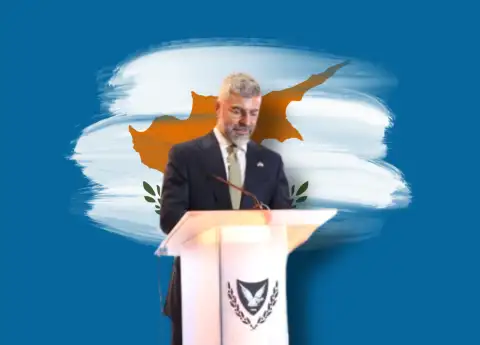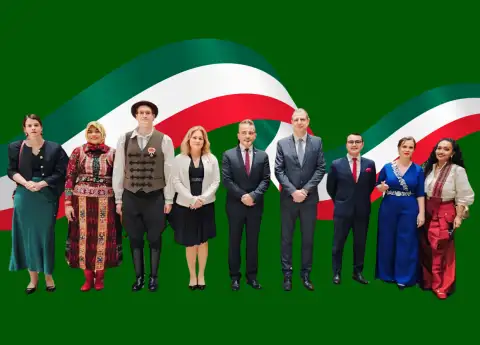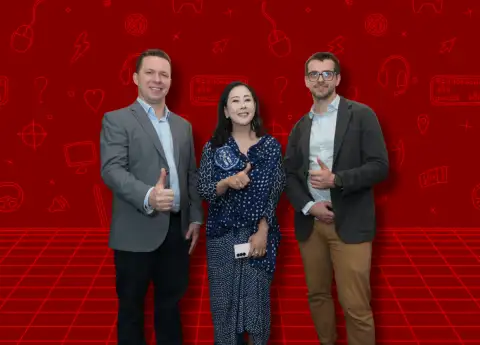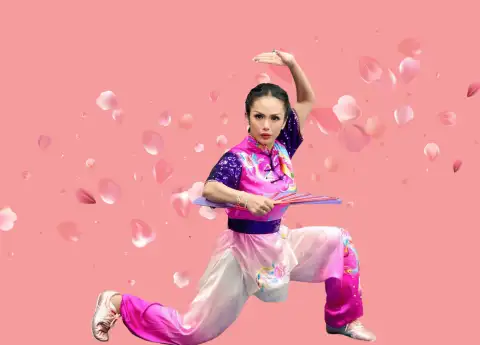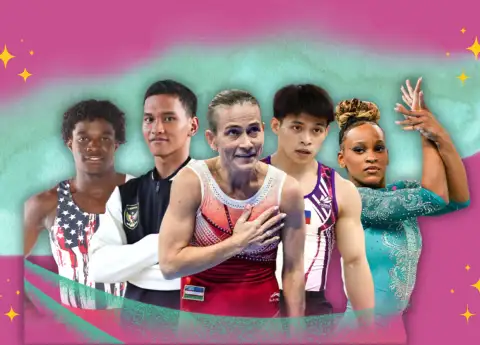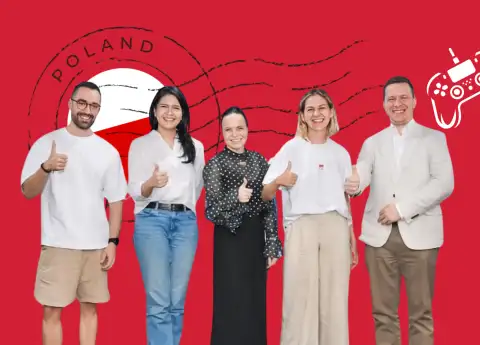FROM LENIN TO NOOTTI: HOW A FINNISH MUSEUM REINVENTED ITSELF AMID RISING TENSIONS WITH RUSSIA
Once a Symbol of Friendship, Now a Reflection of History’s Shifting Tides

A Finnish museum once dedicated to Soviet leader Vladimir Lenin has undergone a dramatic transformation, shedding its Cold War-era identity in response to the escalating tensions between Finland and Russia. The newly rebranded Nootti Museum, located in the city of Tampere, has reopened with a fresh perspective—one that seeks to dissect history rather than glorify it.
The move comes in the wake of Russia’s full-scale invasion of Ukraine, which sent shockwaves through Europe and rapidly altered Finland’s stance toward its eastern neighbor. Once seen as a marker of diplomatic ties, the Lenin Museum has now been reimagined to reflect the complex and often turbulent history between the two nations.
Why Did Finland’s Lenin Museum Need a Change?
When the museum first opened in 1946, it was intended as a post-war gesture of goodwill, symbolizing Soviet-Finnish friendship at a time when Finland was navigating its precarious position between East and West. It even occupied a historically significant location—Tampere was where Lenin and Stalin first met as young revolutionaries.
Over the years, however, the museum’s narrative evolved. In 2016, it pivoted from being a Lenin-focused institution to a broader exploration of Soviet history. But after Russia’s 2022 invasion of Ukraine, Finland’s relationship with Russia became more strained than ever. With Finland’s swift accession to NATO and the closure of its 830-mile (1,330 km) border with Russia, the museum’s leadership saw the need for an even more drastic shift.
“The Lenin name became a burden,” said museum director Kalle Kallio. “People no longer understood the role of the museum. It was time to close that chapter and start fresh.”
A New Identity, A New Perspective
The museum’s new name, Nootti, carries symbolic weight. It references the Finnish word for a diplomatic note—often associated with tense communications between Finland and the Soviet Union during the Cold War. With this shift, Nootti no longer serves as a monument to a Soviet leader but as a mirror reflecting the historical and geopolitical entanglements between Finland and Russia.
The revamped museum tackles a range of pivotal moments, including:
- The 1917 Russian Revolution and Finland’s independence
- The civil wars on both sides of the border
- The brutal impact of Stalin’s purges on Soviet Finns
- Finland’s uneasy alliance with Nazi Germany during World War II
- Cold War-era espionage and the concept of “Finlandization”
- The tumultuous road to Finland’s NATO membership in 2023
One particularly striking exhibit features a bicycle used by an asylum seeker to cross the Finnish-Russian border in 2023, a chilling reminder of the modern-day consequences of geopolitical conflict.
No Cooperation with Russia—For Now
While Nootti aims to present a balanced account of Finnish-Russian history, Kallio made it clear that the museum is not working with Russian state institutions or museums. Given the current political climate, any such collaboration remains unlikely in the near future.
Yet, despite the tensions, Kallio believes the museum’s mission will always be relevant.
“Our histories are deeply intertwined,” he said. “No matter how relations evolve, Finland and Russia will always share a past—and a future. There will always be new history being written.”
With its bold rebranding and unflinching look at a complicated past, Nootti is more than just a museum—it’s a testament to Finland’s shifting identity in an uncertain world.
#THE S MEDIA #Media Milenial #Finland #Russia #Nootti Museum #Lenin Museum #Vladimir Lenin #Soviet history #Finnish history #Cold War #Finland-Russia relations #NATO membership #Russian invasion of Ukraine #Finnish independence #Stalin’s purges #World War II #Finlandization #espionage #border tensions #asylum seekers #historical museums #European geopolitics #diplomatic history #Tampere #Nordic countries #cultural transformation #history and politics #museum rebranding #Soviet-Finnish relations
